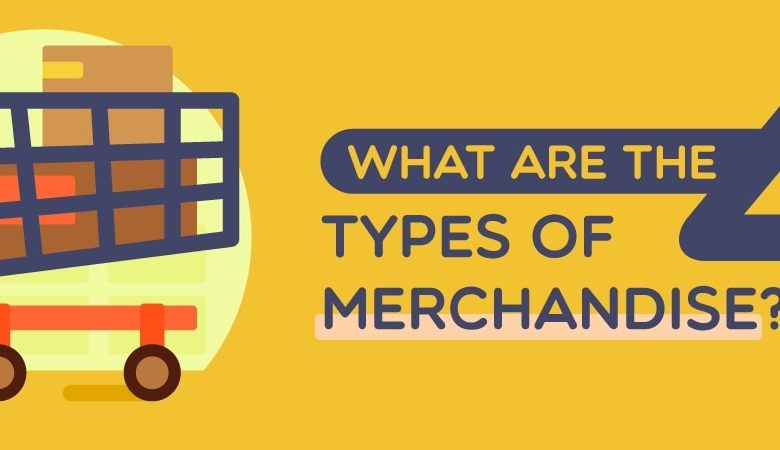4 Types of Merchandising You Should Know

Merchandising is a crucial aspect of any business. It can be a great way to attract customers and generate revenue. There are different types of merchandise, and each has its advantages and disadvantages.
Here are the different types of merchandising and how they can benefit your business.
What is Merchandising?
Merchandising is the art of displaying products to customers in an appealing way. It may also refer to determining the best products to market and pricing them competitively.
Merchandising can promote sales, create brand awareness, influence customer spending patterns, and increase customer loyalty.
Different Types of Merchandising
Merchandising may take several forms, depending on your choice as a retailer, the amount of space available, and the type of product you want to sell.
Let’s take a look at the different types of merchandise.
1. Product Merchandising
This type of merchandising involves promoting a specific product or line of products and can be done through displays, pricing, and marketing campaigns. It can be a great way to increase sales of specific items. Besides, it can also help you attract new customers by showcasing your best products.
However, product merchandising can be challenging to maintain. You’ll need to update your displays and promotions constantly, and you’ll need to train your staff on how to sell the products.
You also risk alienating customers if you only promote a specific product.
2. Retail Merchandising
Retail merchandising focuses on selling products in brick-and-mortar stores. This may include displays, layout, pricing, and customer service. It is a great way to increase sales and attract customers. Besides, it can also help you build relationships with your customers.
The primary disadvantage of retail merchandising is that it requires a significant investment of time and money. You’ll need to train your staff, create displays, and stock your shelves.
You’ll also need to monitor your inventory and pricing continuously.
Another disadvantage of retail merchandising is that you’re limited by the amount of space you have available. This can make it difficult to sell large products or many of them.
3. Visual Merchandising
This is one of the most popular forms of merchandising, and it involves using visual elements to attract customers. It may include displays, signage, lighting, and layout.
Visual merchandising is a great way to make your store more inviting and increase foot traffic. You can also use it to highlight specific products or promotions by engaging a digital signage installation service.
However, this type of merchandise can be costly and time-consuming. Therefore, you’ll need to regularly update your displays to keep them fresh and train your staff to maintain them.
4. Omnichannel Merchandising
Omnichannel merchandising is a type of merchandise that uses multiple channels to reach customers. This may include brick-and-mortar stores, online stores, catalogs, and mobile apps.
Omnichannel merchandising is a great way to reach more customers and boost sales. It can also help you create a more seamless customer experience.
However, omnichannel merchandising can be complex and expensive to implement. You’ll need to invest in multiple channels and ensure that your inventory is synchronized across all channels.
You’ll also need to train your staff to use the various channels.
Lightspeed is a prominent point-of-sale system (POS) for stores, restaurants, and eCommerce merchants. Lightspeed uses visual merchandising to increase sales, boost brand awareness, and influence customer spending patterns.



